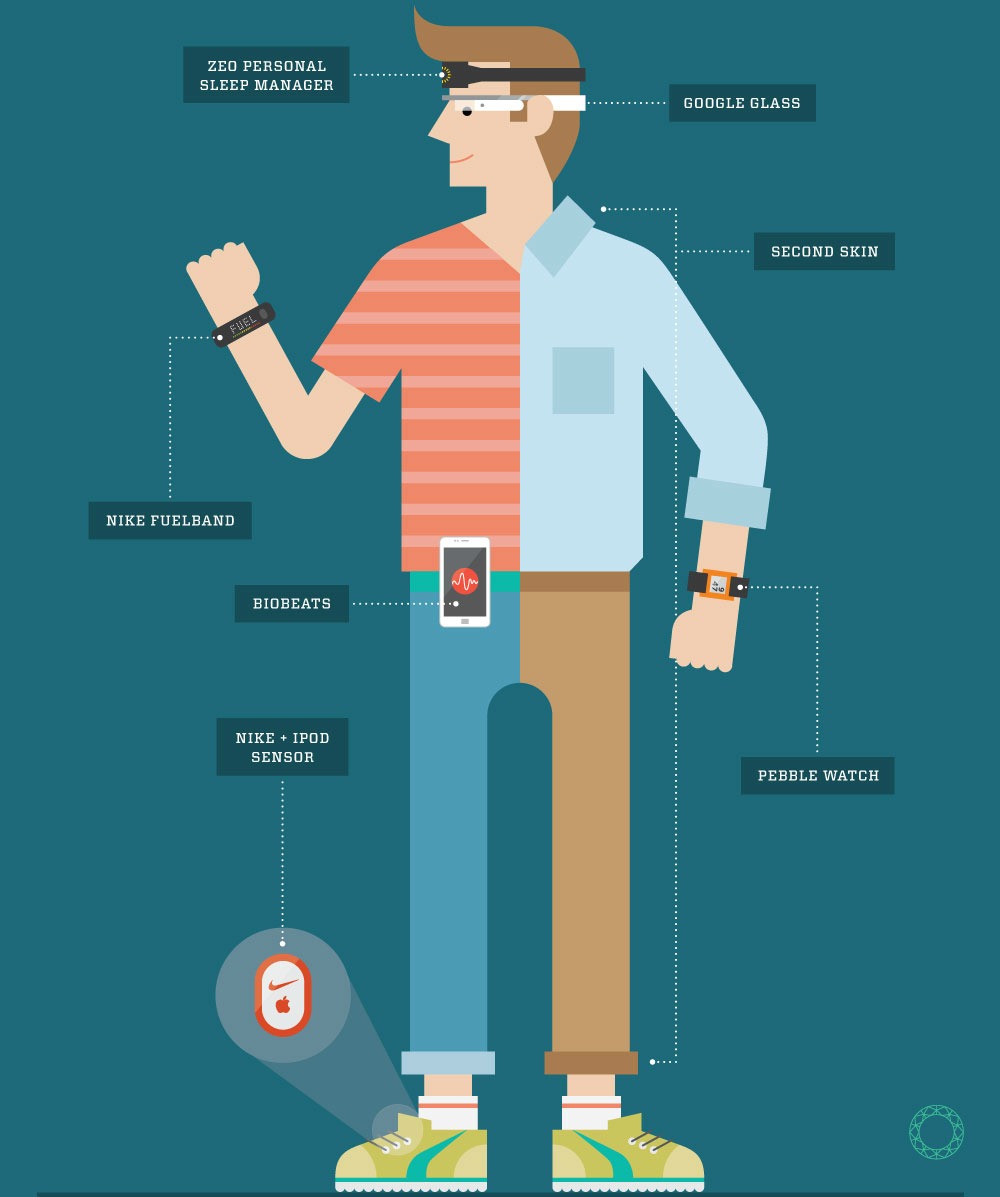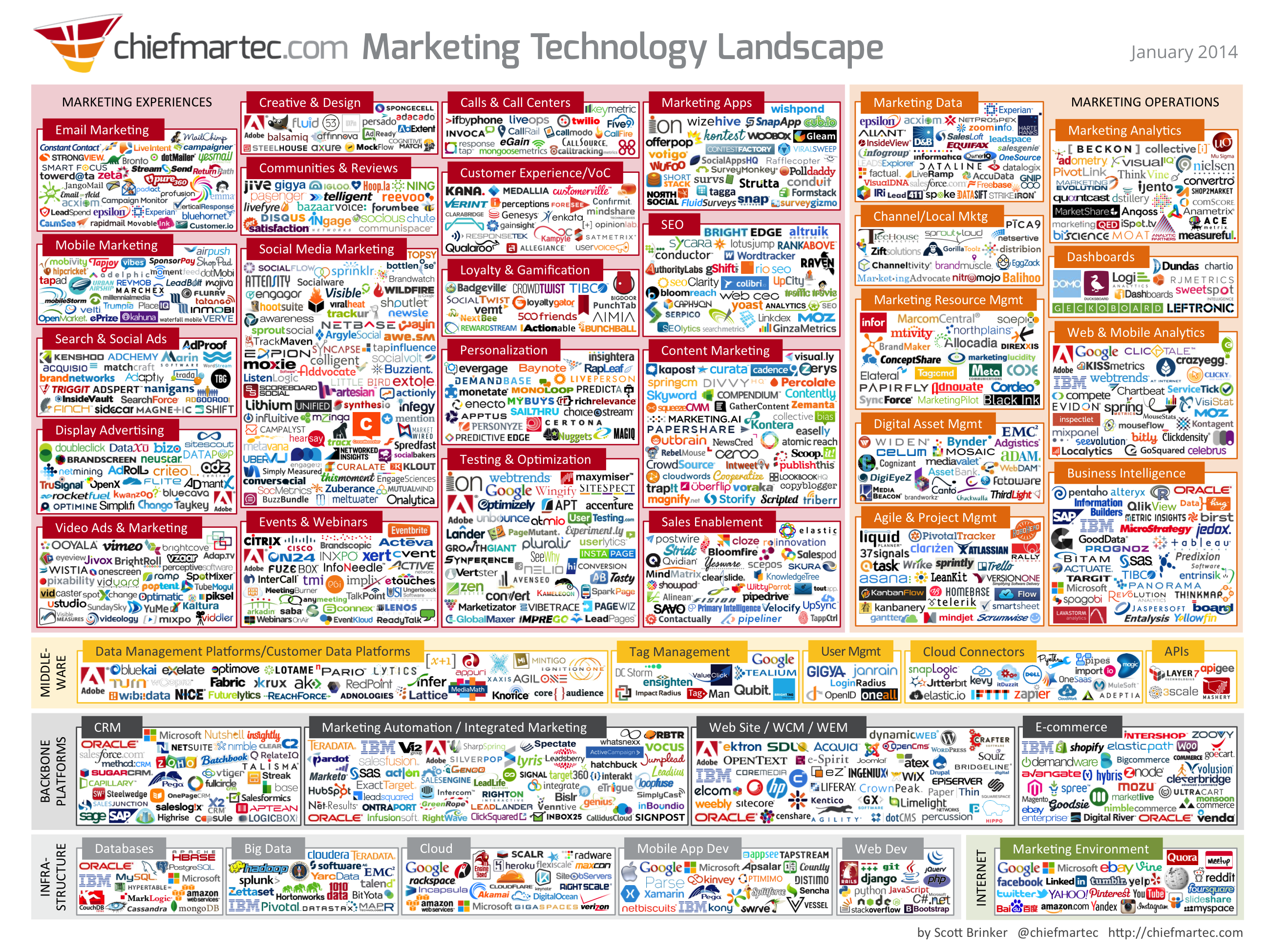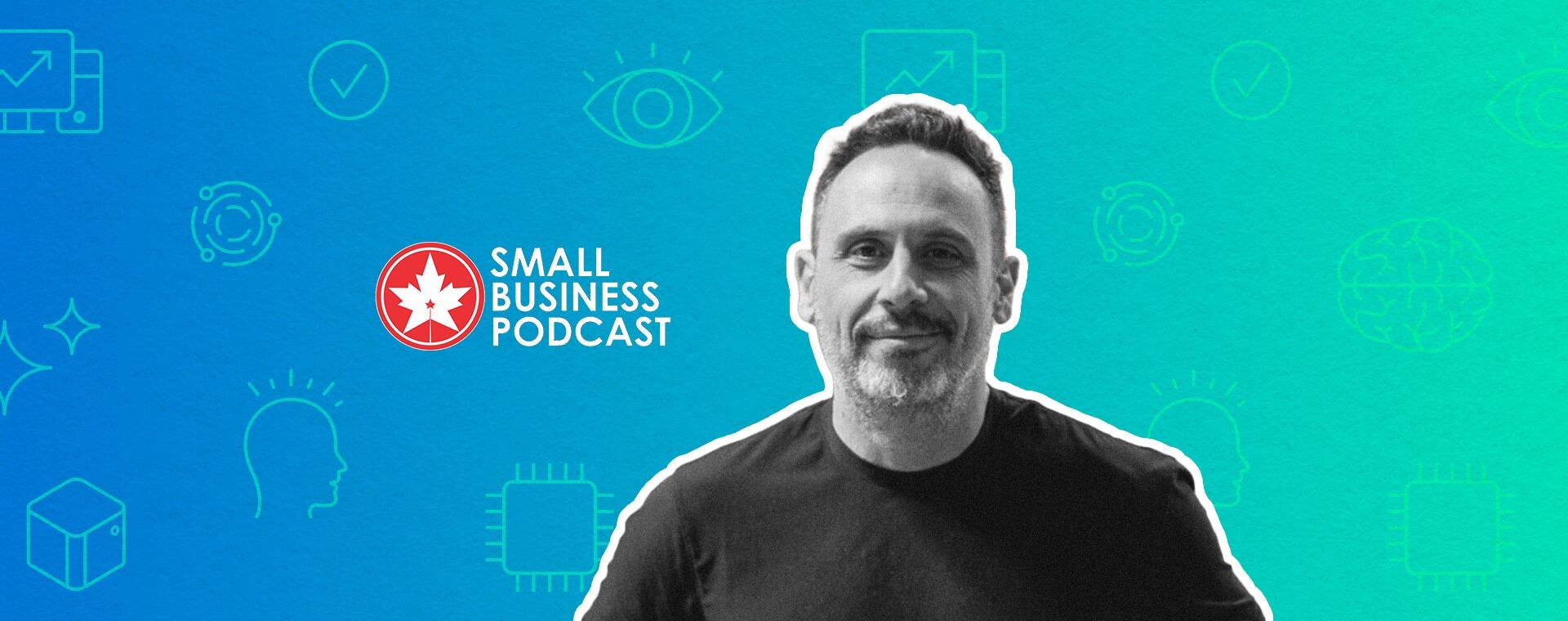Marketing opportunities will be more exciting for the coming year. Here are the top 8 digital marketing trends to watch for in 2015.
#1: Marketing insights from wearable technology

2014 was a big year for wearable technology with the release of Samsung Gear, the growing popularity of Fitbit and the iWatch announcement from Apple.
Gartner predicts that “by 2020, consumer data collected from wearable devices will drive 5 percent of sales from the Global 1000.”[i]
Wearable technology will be an incredible source of consumer data in the coming years since wearable technology has the ability to capture what we see, hear and feel through biorhythmic responses.
Next step: Keep an eye on this trend by reading at least one article a month about “wearable technology” and start thinking about how wearable technology is going to influence your product or service.
#2: Marketers will be able to “hyper-target”

Facebook Atlas will be changing the way marketers will be able to target consumers with advertising online. Atlas is a technology that allows advertisers to target ads to consumers based on their interests and “likes” rather than their browsing history.
Previously Facebook only used cookies to track websites that people visit to target ads. “For example if you looked at the price of a vehicle on a car website, then you would likely see deals for cars on your Facebook News Feed. However, cookies do not work on mobile devices. This makes it difficult for marketers to track the interests of consumers”[ii], Amit Chowdry of Forbes explains. “But Facebook could still track the third-party websites people visited on mobile devices through the “Like” button, assuming that they are logged into the social network. Based on that information, Atlas’ tools lets advertisers refine to target ads around ‘likes’ and interests for third-party websites and apps without having to depend on cookies.”[iii]
According to eMarketer, the internet advertising market was expected to exceed $140 billion in 2014. Google led with a 32% market share of the total online ad spending last year, while Facebook trailed behind in second place at 5.8%. Facebook is expected to grow to 7.8% this year.[iv]
Next step: Start brainstorming and writing down what your target market “likes” and is interested in on Facebook so that you’re ready to go when Atlas launches.
#3: The podcast’s popularity is on the rise

According to an Edison research study, over 39 million Americans listen to podcasts each month. That’s more than the entire population of Canada. This stat has steadily increased each year over the past 6 years and will continue to rise for a few of the following reasons.
First, podcasts are easier to consume than written or video content. You can listen to a podcast when you’re doing something else like cleaning your house, walking the dog, or driving. Podcasts give everyone the opportunity to turn mundane time into productive “learning time” or “entertainment time”.
Second, podcasts were once clunky audio recordings created by amateur radio hosts. Now the most popular podcasts are professionally produced shows just like traditional radio shows. As millions of more listeners continue to download podcasts, it will increase the marketing opportunities in 2015.
Next step: For advertising opportunities, you could email the advertising department of a podcast aggregator app such as Stitcher. Tell them about your target market and ask for their advice regarding which podcasts will most likely reach your target market.
#4: Mobile, Mobile, Mobile

A “future of marketing” list would not be complete without mentioning the word “mobile”.
Maribel Lopez, author of Right Time Experiences, says that we should watch for “contextual integrations” between our smartphone apps in 2015. Said differently, contextual integrations mean that the apps on our smartphones will begin to connect and work together. For example, we may see something like an “airline app that connects to Uber for airport transportation and traffic data to figure out when to leave.”[v]
Next step: Think about how you can deliver value to your target market through a smartphone app. You could create an app for your target market that informs or entertains them, or you could get in touch with the owners of the mobile apps that your target market uses to explore advertising opportunities.
#5: New ways to use big data

In 2015 we’re going to see even more sophistication in the ability to not only collect consumer data and analyze past consumer behaviour, but also to predict future consumer behaviour.
A 2013-2014 partnership between Unilever and Google showed the potential of predicting consumer trends before they actually happen. Google and Unilever processed the information from Google search queries related to “hair” to find out what hair-related trends were going to be the most popular in the coming year. Once they knew the trends, Unilever had video bloggers create instructional films about those trends. “Unilever and Google said they were able to predict with 90 percent accuracy what the next big trend is three months before it happens. Using this information, Unilever started a YouTube channel called All Things Hair featuring popular video bloggers. The channel became the #1 hair care channel in test markets and was launched in with over 17 million views”[vi] indicated an article on Saydaily.com
Next Step: Get in touch with Google’s sales department (honestly!) They have entire departments set up to help small and big businesses reach their target markets. Unilever thought beyond “just running Google AdWords” and you can too.
#6: The best marketers of the future will be “Marketing Technologists”

The most effective marketers will need to have a “beyond the basics” understanding of how software can help them deliver the right message to the right consumer at exactly the right time.
The growth in marketing software has increased ten-fold in the past 3 years. In 2014, Chief Marketing Technologist indicated there were 947 different marketing technologies available to marketers. Compare that to 350 in September 2012 and less than 100 in August 2011, and it becomes obvious that the industry is booming.[vii] We can expect to see the trend continue upward since marketing software like Hubspot, Marketo and Eloqua allow marketers to do more with less and increase the effectiveness of their marketing.
Simply put, marketers of the future will have to understand how software and technology works. If they don’t, they’ll be left behind.
Next Step: Subscribe to Mashable and Techcrunch’s eNewsletters. Listen to the Wall Street Journal’s Tech News podcast. You’ll likely find out about innovations in marketing software from these media channels first.
#7: The rules of SEO will change

Google has indicated that it will be updating its search engine algorithm more frequently in 2015.[viii]
It’s always a bit of a guessing game how Google’s algorithm updates will affect search engine marketing but here’s one prediction you can count on: quality content will continue to be king.
“The length and value of the content will be more essential than ever for effective SEO – Google already labels content of fewer than 200 words as ‘Thin Content’ and has two special search algorithms in force, Panda 4.0 and Pay Day 2.0 that are specifically aimed at reducing the ranks of low-quality content”[ix] indicated David Wells, an inbound marketing expert.
Having said that, “there’s a difference between short content and thin content. Thin content is chock full of keywords, low in quality and rehashed from other sites. Short content is original and concise and offers value to readers, not search engines”[x] reminded the bloggers at Copypress.
Next step: Marketers should build their content plans to aim to solve a problem for or entertain their target market. This strategy will always be popular with Google’s search engine algorithm.
#8: Social Media’s organic reach will continue to decline, so get ready to “pay more for reach”

Facebook confirmed “that the overall organic reach of Facebook posts from brands is in slow decline” and that “the best way to get your stuff seen if you’re a business is to pay for it”[xi]
Facebook is trying to improve the Facebook users’ News Feed experience by changing the algorithm to emphasize personal updates and updates with links to articles while lessening the emphasis on organic promotional updates from businesses.
Since Facebook is still the largest and most active of all the social media networks, marketers can expect this new trend to set the tone for the social media space as a whole.
Next Step: If you’re a business, start planning to put money into the “social media sponsored content and ad spend” section of your marketing budget if you haven’t already done so.
__________________________________________________________________________________
[i] https://www.gartner.com/newsroom/id/2603215
[iv] https://www.emarketer.com/Article/Microsoft-Surpass-Yahoo-Global-Digital-Ad-Market-Share-This-Year/1011012
[vi] https://www.saydaily.com/2014/11/trends-in-digital-media-2015
[vii] https://chiefmartec.com/2014/01/marketing-technology-landscape-supergraphic-2014/
[viii] https://searchengineland.com/google-says-penguin-shift-continuous-updates-210580
[ix] https://www.inboundnow.com/10-online-marketing-trends-predictions-2015/
[x] https://www.copypress.com/blog/4-statistics-every-blogger-should-know-about-content-word-count/
[xi] https://adage.com/article/digital/facebook-admits-organic-reach-brand-posts-dipping/245530/








